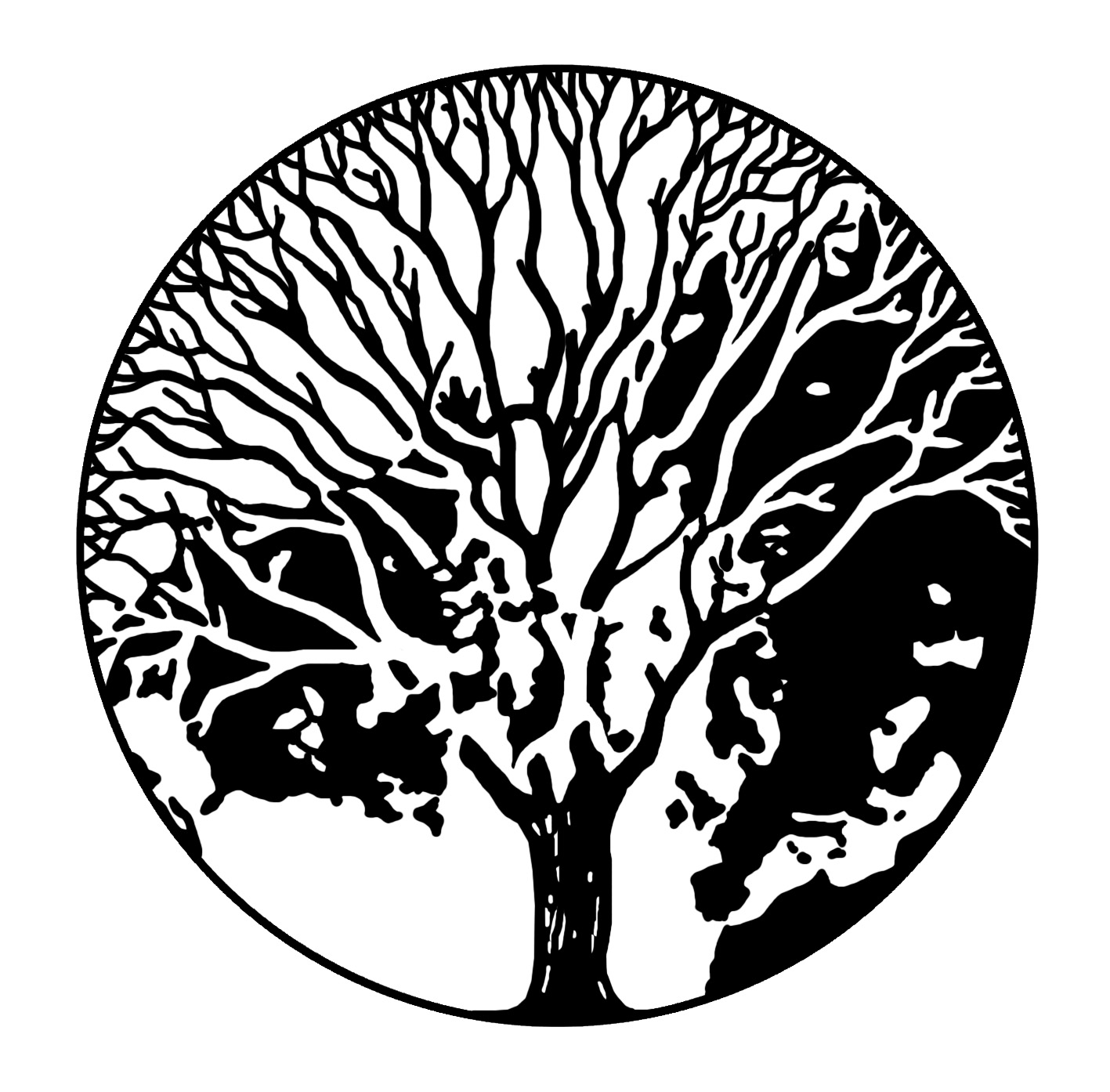About
IDRI
Dendrological
Documentation Project
Dendrological
Atlas Project
Sample
Plates
Sample
Vegetation Profile
About
the Scientists
Glossary
Links
Contact
IDRI
Search
this Site
|
.
|
|
.
|

International
Dendrological Research Institute
Glossary
- accession
- additional
collection of different subject from different place or
time
- backbone/vegetation
- except
for the naturally open areas (regions that are too cold,
too dry, or too wet for forests), most of the natural
land area is covered by woody vegetation forming the
protective green blanket of the Earth. Typically, a
multilayered, diverse habitat and refuge for the plant
and animal world; hence it is the "backbone" of the
habitats of life on Earth.
- botanical
documentation
- all
reference material with a botanical context; the most
specific in botany is the herbarium
- bryology
- science
of botany dealing with mosses and liverworts (from Greek:
bryon =liverwort; logos=science)
- community
- plant
togetherness as determined by floristical and ecological
circumstances; category in plant sociology (cenology) and
synecology that studies the constituents, structure,
conditions, and rules of coexistence in the vegetation
- dendrology
- the
study of woody plants, trees, shrubs, and woody vines
(from Greek: dendron=tree; logos=science)
- flora
- the
total of all different plants (species, forms, varieties)
of an area versus vegetation, a total of all plants. The
limitation of a flora can be geographical or artificial.
For example, the "flora of Michigan" should not include a
plant found even a meter outside of its border, for
instance in neighboring Indiana
- formation (vegetation)
- larger
vegetation units, such as forest, forest-step (prairie),
arctic or alpine dwarf scrub etc. The term goes back to
Grisebach (1839), a pioneer in the science of plant
geography.
- herbarium
- a
collection of well documented, preserved (usually dry)
plant samples equipped with the name (if available),
geographical, chronological and collectors data, and
typically archived in natural history collections. Dry
plant samples provide data for systematical and
area-geographical studies, also document "type specimens"
the original naming.
- old growth (forest)
- undisturbed
primary forest, typically diverse in species and age of
constituents, and is a result of competition and
long-time natural selection
- temperate zones (TZ)
- climate
zones with four seasons, typically positioned between 44º
- 55º latitude in both hemispheres with characteristics,
which must vary as to distance from oceans, seas, and
position of main mountain ranges. Humid oceanic cool and
warm TZ are basically different from continental ones
influenced by the different physical properties of dry
land. The northern TZ (boreal) are a transition toward
the arctic while the warm temperate zones are a
transition toward the tropics. The climate and vegetation
zones are repeated on the higher mountain slopes
(vertical zonation).
- synecology
- science
of the ecology of plant communities. One basic science of
synecology is plant-sociology, which studies the
composition of plant communities and evaluates their
participation (abundance, dominance).
- variability of species
- plant
morphological diversity in the characteristics (size,
shape, color, and so on) of the different organs as an
individual or population property or as an environmental
effect, or both
- woody flora
- major
components of any forest, the woody plants are perennials
with woody stems, which, with their continuous growth,
build up, hold and support the assimilating surface:
trees, shrubs, and dwarf shrubs
|

